James Bond won’t save Aston Martin - Agent X will

Derryn Wong
13/01/2020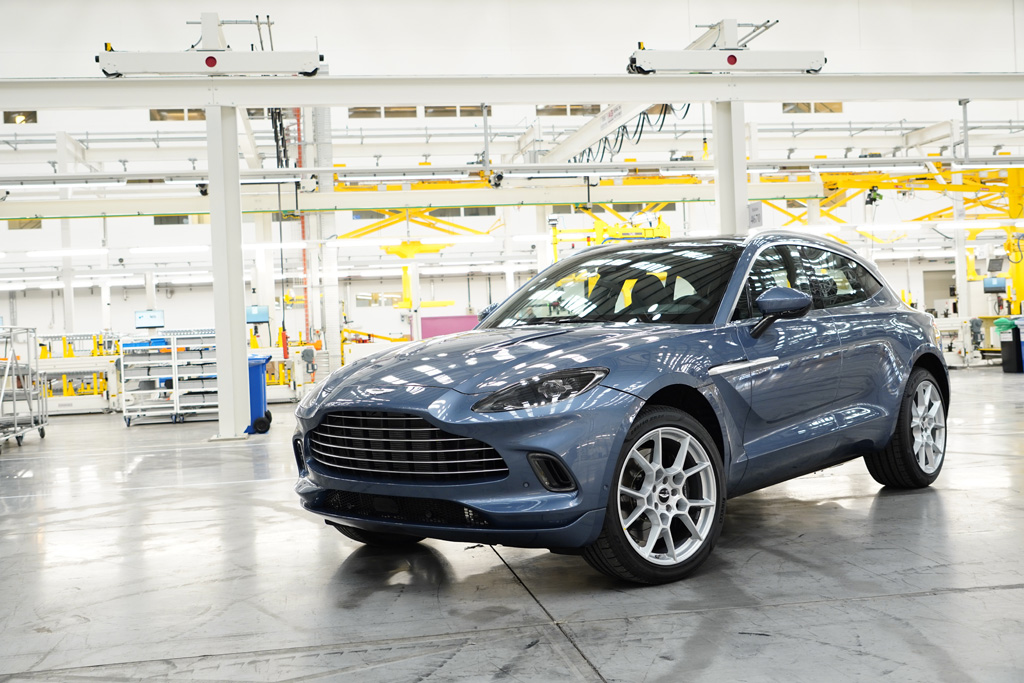
Aston Martin’s first SUV, the DBX, is a huge gamble for the 106-year-old sports car brand, but it may also blow open the doors to a much wider audience than it’s ever had
Photos by Aston Martin
St Anthan, Wales
Aston Martin needs a hero. While it’s been the vehicle of choice for the superspy James Bond for decades, the British sports car maker has – like Bond – flitted with disaster and risk-taking for much of its history.
That might be exciting for moviegovers, but a different story for shareholders. It’s not been that long since the brand launched its IPO in late 2018, and its share price tanked since then, from a high of GBP17 to GBP4 currently.

Instability in the later half of the 20th century has been par for the course for British car brands, most of which have long since ‘emigrated’ to foreign ownership: Jaguar Land Rover under India’s Tata, Bentley, Mini, and Rolls-Royce are BMW-owned, while China’s SAIC and Geely own MG and Lotus, respectively.
Only McLaren and Aston Martin remain separate from larger automotive conglomerates, though the former has the established strength of the McLaren Group with its technology and racing side to count on.
Danger Is My Middle Name

Aston Martin has always been a boutique brand, making sports cars and grand touring coupes. In its 106 years, it has sold fewer than 100,000 cars.
Its recent performance, before 2019, was good. Current CEO Andy Palmer initiated his Second Century plan in 2015 with a clear aim at transitioning to a sustainable luxury brand, coupled with stable financial ground through an IPO, all served by a new product range with seven new models to debut as part of its core model line-up by 2022.

Aston saw 6,411 cars sold globally in 2018 with GBP 247m (S$439m) in earnings before taxes, and GBP 147m in operating profit – though with debt of GBP560m.
To see where it stands, consider that Ferrari sold 9,251 cars in 2018, with a net profit of 787m Euros (S$1,188m). McLaren sold 4,806 cars, with a loss of GBP62m, albeit this was a blip in its usually profitable operations.
2019 was shakier for Aston Martin, thanks to the contracting of the automotive market around the world, especially in Europe and the UK, with Aston seeing GBP80m losses in the first six months, and downgrading its sales forecast from 7,000-plus units to 6,500 or less.
In 2019, Aston Martin has also downgraded its sales projections, from 7,300 to 6,500 units, blamed on a slumping European car market, as racked up losses of GBP80m in the first six months.
Its most recent update is equally gloomy. While at the opening of the plant, CEO Palmer denied talks with new investors, it has been revealed in recent weeks that Aston Martin Lagonda (the brand’s parent company) has been in negotiations with billionaire Lance Stroll and Geely.
To ease cash flow it also took on a risky GBP120m bond-based loan with a 12 percent interest rate, and further loans contingent on sales of its next model.
That’s the DBX, the brand’s first-ever SUV, which was previewed here in November, alongside simultaneous debuts in Beverly Hills and Beijing.

Yet while it seems the brand is taking a risky leap off yet another Bond-like precipice, it’s equally likely that it could catch a big updraft, just like the wings that adorn its badge (Aston history fact: those are scarab wings, not a bird’s).
The first of the new model lineup, the DB11 coupe, was a clear success, and contributed to improved sales in 2017 and 2018, seeing 10-year highs.
After the DB11 and DBS grand tourers, and the Vantage sports car, the DBX is now the fourth and most important model in Palmer’s plan, since it’s the linchpin on which the brand’s existence now hinges.
Building Agent X

DBX is Aston Martin’s first sport utility vehicle (SUV). Unveiled earlier in November with simultaneous debuts in Los Angeles, Beijing, and Singapore, the car will enter full production next year with first deliveries beginning around May.
In early December, CarBuyer attended the official opening of Aston Martin’s new factory in St Anthan, Wales, where the DBX will be built. The facility, which is its first purpose-built factory, spans 3,000,000 square feet (or 90 hectares) and is able to produce 4,000 cars per year, with the ability to scale even higher if required.

That gives us a clue to the hopes for DBX – the brand is looking to sell at least 4,000 of them in its first year of production, which would bring its sales figures past the 10,000 mark for the first time ever.
It’s not just wishful thinking, since there is a strong historical trend to back this up.
Porsche is the classic case study here, with the launch of the Cayenne SUV in 2003 credited with saving the brand. In 2018, it sold a record 256,255 cars – 61 percent of those were SUVs. Lamborghini was able to double its sales with the introduction of the Urus, while Bentley and Rolls-Royce have also found gold to be mined by going high-rise.
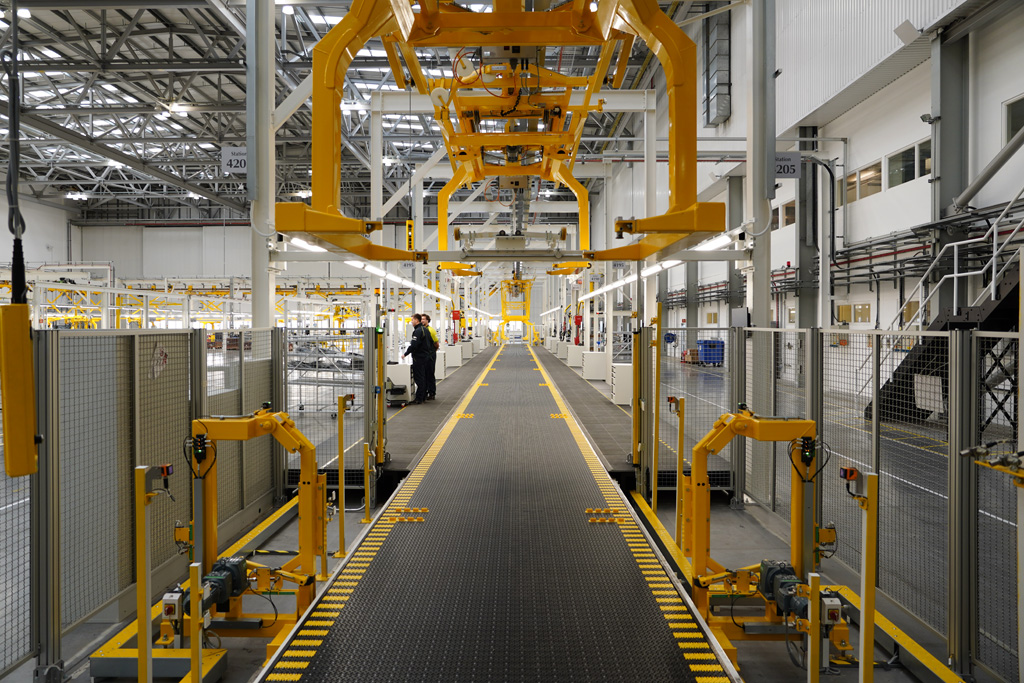
While it’s clear the DBX will face stiff competition, but Aston Martin believes it arrives at just the right time.
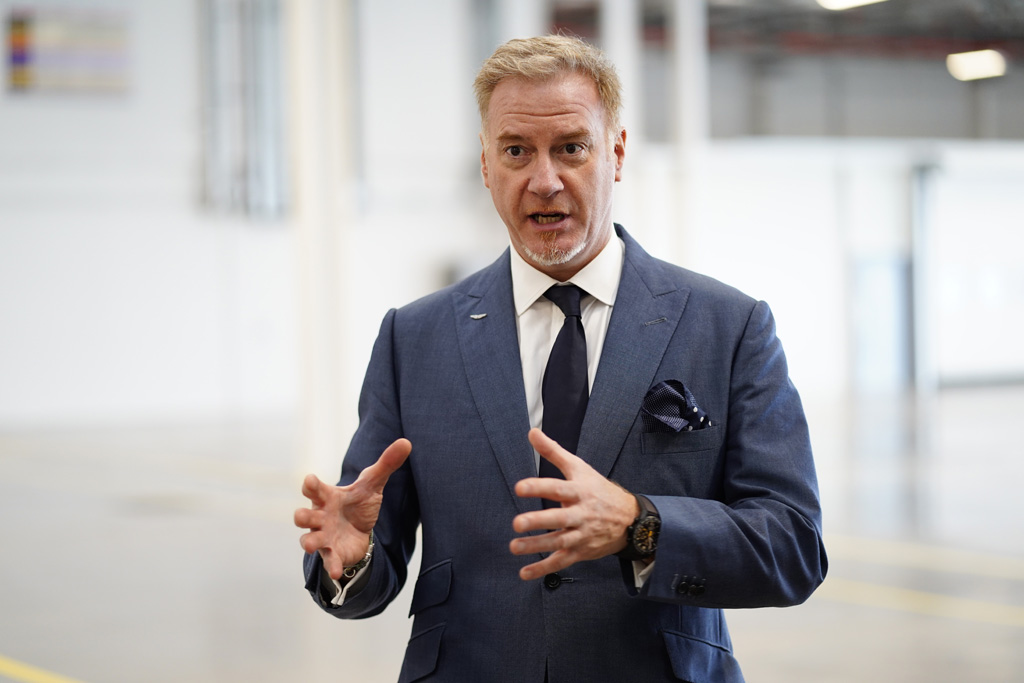
The global automotive industry shrank slightly in 2019, but the SUV segment continues to grow, especially luxury SUVs. “The future is very much in the SUV segment. To a Millennial in Shanghai, he or she sees an SUV the way older people might see sedans,” said Marek Reichman, the brand’s vice president and also its head of design.
And while Aston Martin’s fortunes has been built on the thrill of speed and style, the DBX might be the company’s most successful model because of its practicality and broader appeal.

Reichman says that will appeal to its current crop of customers – 70 percent of whom already own SUVs – but also an entirely new audience of conquest purchasers, which will include women. To that end, the firm even engaged a Female Advisory Board to provide design input and suggestions for the DBX.
“In designing the DBX we wanted to maximise space, but we also considered the 50th percentile Asian lady. Our current ownership is 90 percent male, but for the DBX we expect far more female customers.”
If anything, the initial signs are already positive: In Singapore, where the car’s pricing is expected to start from approximately S$800k without COE, the full allocation for the year, around 20 cars, are all spoken for. That would mean Aston Martin already has the cat in the bag and is very likely to better its 2019 sales figures, where it sold 19 cars (Jan-Nov 2019).
Quite Explosively Done
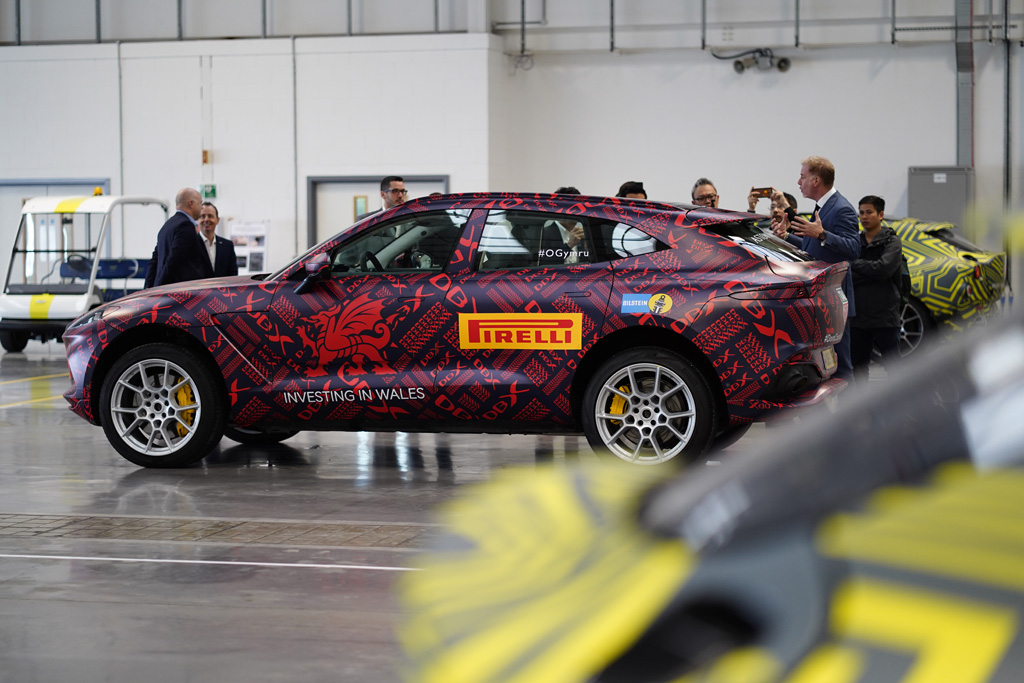
If that feat is replicated elsewhere in the world, that would allow Aston Martin to realise the exciting tricks it has up its sleeves.
The Lagonda sub-brand will feature super-luxurious battery electric vehicles (BEVs) and is planning a seven-seat SUV to kick off the brand. The aim would be for buyers to go one step further up the luxury EV staircase than a Tesla, said Reichman.

It’s a big change from Aston Martin as we know it, but it’s not as if the brand is leaving fast and exciting behind either. The latest Bond movie, No Time To Die, will feature Aston Martin’s upcoming mid-engined hypercar, the Valhalla, which will go on sale in 2021. It will be followed by the Vanquish, a mid-engined suprcar which will compete with the Ferrari F8 Tributo.
Bond faces uncertainty too, with actor Daniel Craig’s tenure now ending. Whatever he looks like in the future, the superspy will no doubt still be the most recognisable face behind the wheel of an Aston Martin – but it’s the DBX that will have saved Aston Martin.







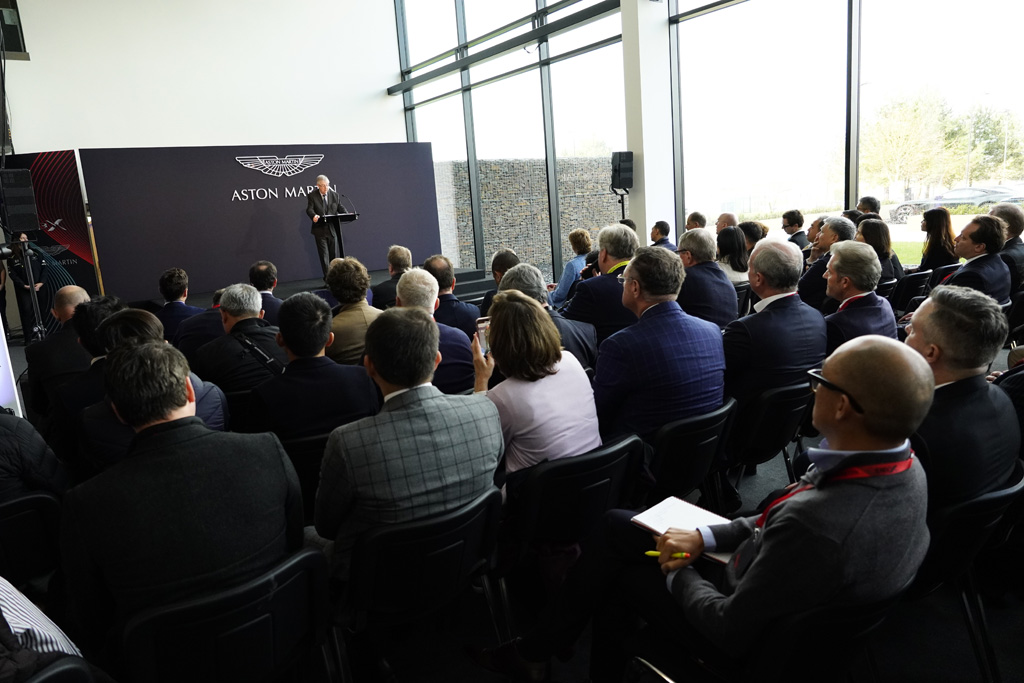




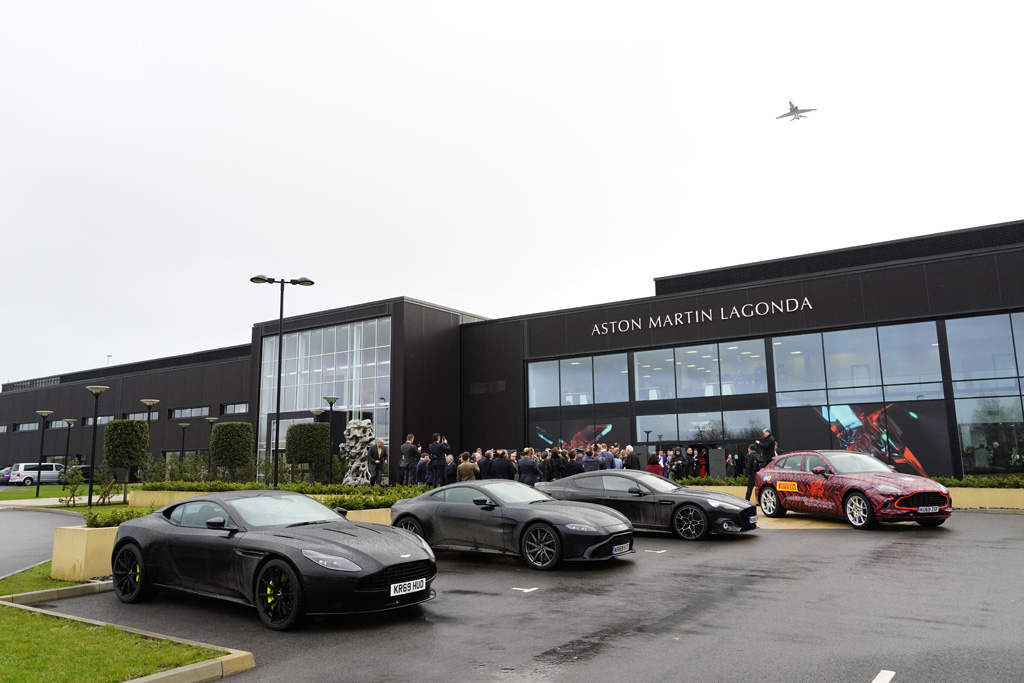


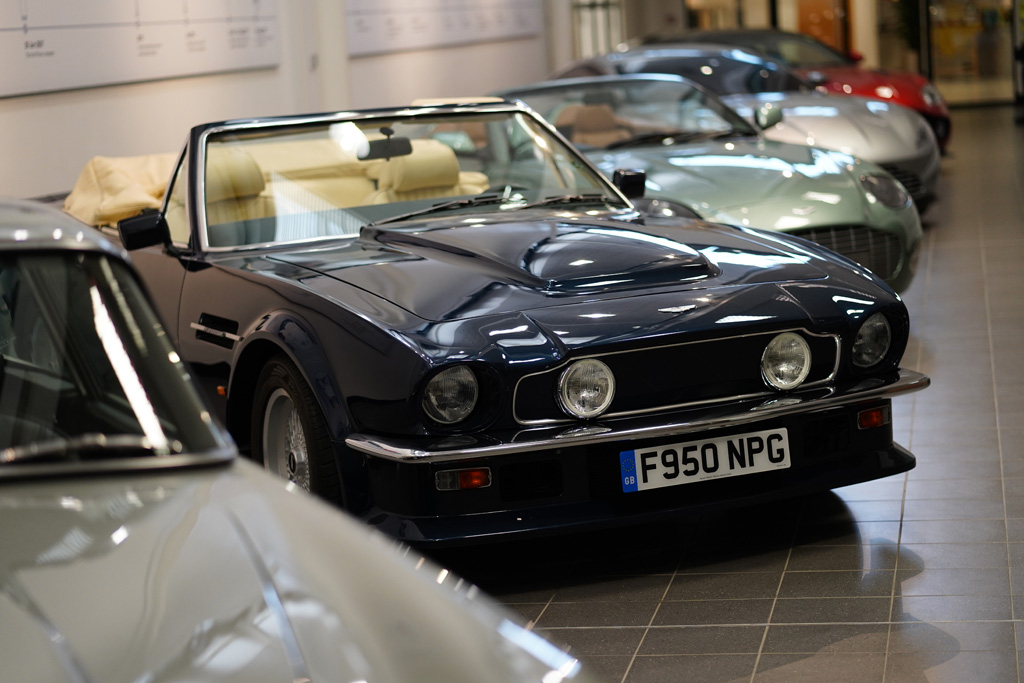





 on the go
on the go





